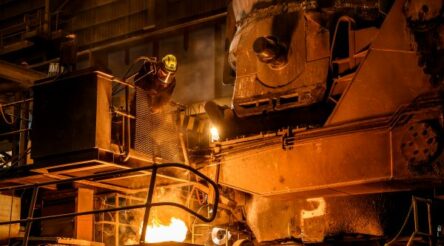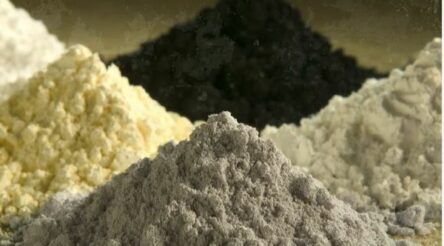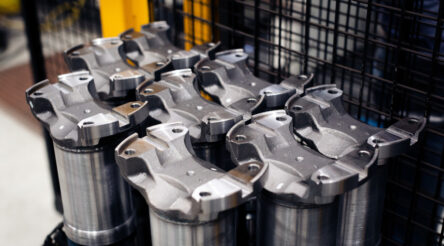UNSW-led team create methane from carbon dioxide and sunlight

UNSW Sydney chemical engineering researchers have developed a way to create synthetic methane from sunlight and carbon dioxide, which they say could lessen reliance on fossil fuels and reduce greenhouse gas emissions.
According to a statement from the university on Wednesday, the team’s process uses light and heat to induce a reaction which produces synthetic methane from carbon dioxide. The results (linked) are published in the journal EES Catalysis.
Dr Emma Lovell, one of the authors, said methane is a major component of natural gas, as well as a powerful greenhouse gas and a widely-used fuel source. Synthetic methane created the new way would be a cleaner alternative for industries using gas from fossil fuel sources.
“By employing specific catalysts and support materials, we have demonstrated a new pathway for visible light to drive the conversion of CO₂ into methane,” Lovell said.
“This not only contributes to the reduction of carbon emissions, but also adds value to the captured CO2 by creating a valuable chemical product.”
PhD candidate Yi Fen (Charlotte) Zhu added that, “Being able to directly use sunlight reduces the costs required for energy generation to facilitate the reaction. This alleviates one of the major challenges in the pursuit and application of CO₂ derived fuel, which is contingent on the availability of low-cost, low carbon energy inputs.”
As well as potentially lessening greenhouse gas emissions and dependence on fossil fuels, the team is also using their findings to progress conversion of carbon dioxide into other chemical feedstocks used in a variety of industries.
“One of the most promising aspects of this research is its potential impact on industries like fuel production, cement manufacturing, biomass gasification and pharmaceuticals. I would say it represents a more sustainable fuel alternative by closing the carbon loop,” explained Associate Professor Jason Scott.
“In terms of converting the CO₂ into value-added products, this represents a much cleaner alternative than products which currently rely on fossil-fuel derived precursors for their manufacture.
Scott said the work is currently at lab scale, with a goal to reach demonstration/prototype scale in roughly a year.
The research was led by UNSW’s School of Chemical Engineering in collaboration with the university’s School of Photovoltaic & Renewable Energy Engineering, the University of Adelaide, and CSIRO.
Picture: credit UNSW
@aumanufacturing Sections
Analysis and Commentary Awards Defence Manufacturing News Podcast Technology Videos










